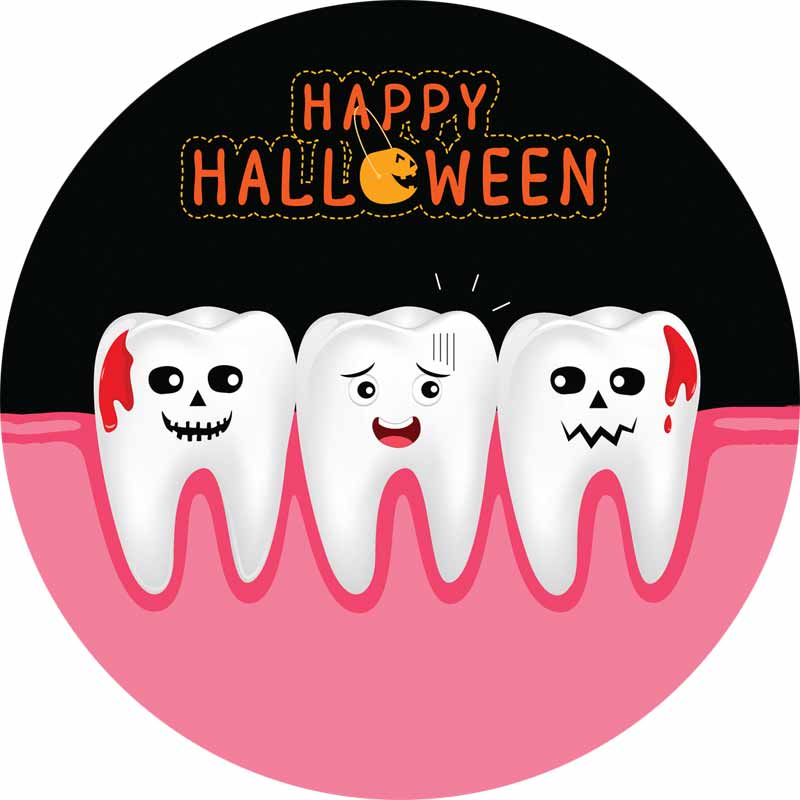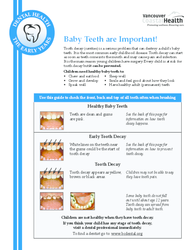How To Scare Tooth Decay Away This Halloween
Halloween is just around the corner and that means ghosts, witches - and tooth decay! Okay, children might not get tooth decay right away, but Halloween is just the start of the treats and sweets season.
For the next couple months there will be no shortage of candy, cookies and cakes at home, school and social gatherings.
Tooth decay happens when the bacteria in your child’s mouth use sugary foods and drinks to make an acid. This acid damages their teeth. The amount of damage depends on how often sugar goes in the mouth and how long it stays there. The longer and more often sugar touches the teeth, the more tooth decay can happen.
Use the tips below, adapted from the Canadian Dental Association, to limit your child’s risk of tooth decay in this festive season.

- Have a game plan
Before heading out, take a minute to talk about sweet treats. How long will trick-or-treating last? What will be the treats-per-day limit? Are they allowed to take treats to school? Should children always ask to have treats, or can they help themselves? - Use a small bag
Use a smaller trick-or-treat bag to limit the amount of candy they collect. - Check their treats
Tell your child not to eat any treats before they get home. When home, you can look through their treats together to make sure everything is safe to eat and doesn't contain any ingredients that your child may be allergic to. - Throw out really sticky candies
Not all candy is created equal. Some are worse for teeth than others. Try to avoid or limit hard candies and lollipops that stay in the mouth for longer times. The same goes for chewy candy that can stick to and in between teeth. - Set a treat time
To stop constant snacking, it is best to limit snacking to particular times. Frequent snackers are at a greater risk of tooth decay as the teeth are damaged by acid too many times each day. - Eat treats with meals
The mouth makes more saliva during and after mealtime, which helps balance out the acids and repair teeth. - Chew sugar-free gum after eating treats
Chewing sugar-free gum for 20 minutes after treats increases the amount of saliva in the mouth. Saliva helps repair the acid damage. - Use fluoride toothpaste dailyFluoride is a mineral that repairs tooth decay even better than saliva. All children, even babies, should use fluoride toothpaste. Children over 7 years old can also use fluoride mouthwash.
- Brush and floss
Good oral care is the best way to prevent tooth decay. Cleaner teeth have fewer bacteria on them. Fewer bacteria mean less damage from treats! - Limit how long Halloween candy is in the house
Start a new tradition in mid-November – have your child trade you their leftover candy for a small new toy or fun event like swimming.
Tooth decay is reversible in its earliest stage. Monitor your child’s mouth daily and schedule regular dental check-ups with your dentist. If your child does not have a dentist or dental insurance, the Richmond Public Health Dental Program does free dental screening for children under 5 years old and refers 5-12 year olds to free dental treatment resources.




